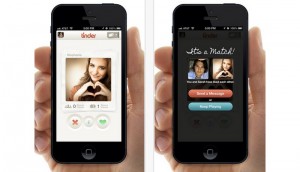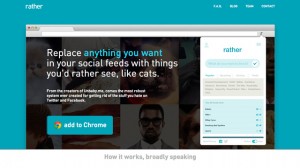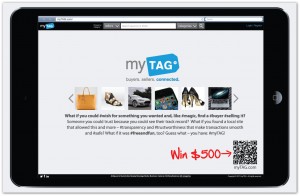Chip Wilson’s recent public statement about Lululemon’s pants ‘not being for every woman’ has created a social media nightmare for the company. A flurry of blogs, tweets, and Facebook posts from angry and hurt yoga enthusiasts worldwide left the company in a tough spot, especially considering Lululemon customers have already felt some tension with the brand after their black yoga pants were found to be sheer earlier this year.
Lululemon’s social media team has always had a good reputation, despite the fact they haven’t had any easy ride. When the news broke out about their core product being flawed, Lululemon knew the conversation would be occurring whether they were a part of it or not. So what did they do? Create a website where customers could channel their product-related concerns and suggestions for Lululemon to hear, directly. Hey Lululemon has been a huge success for the company, and been pivotal in maintaining a positive brand image within the community. Once feedback has been posted other users can then comment or ‘like it’, showing Lululemon what their guests are most concerned about. Lululemon then has a system of displaying the feedback progress. Users can see whether Lululemon has read & reviewed their comment, and will receive a notification if and when Lululemon decides to take action on their suggestions.
Unfortunately with the latest PR flop it’s more difficult for Lululemon’s social media team to take action. Despite the fact that Lululemon (presumably) structured their response to the crisis using social media triage the poor media attention continued attention from media outlets and customers lasted longer than a week. A little over 72 hours of monitoring Lululemon issued an apology from Chip Wilson, which has since then been compared to Tiger Wood’s as the ‘worst apology ever’. As you can imagine this did not sit well with the public and likely brought even more negative attention to the brand.
It’s difficult to say whether issuing the ‘non-apology apology’ was worse than strictly monitoring the situation. However Lululemon’s social media struggle certainly illustrates how even minor social media mismanagement can easily fuel the fire of a unhappy brand image emphasizing the importance of effective use of social media triage.
https://www.youtube.com/watch?v=jeFMeBtNRp8#t=22







